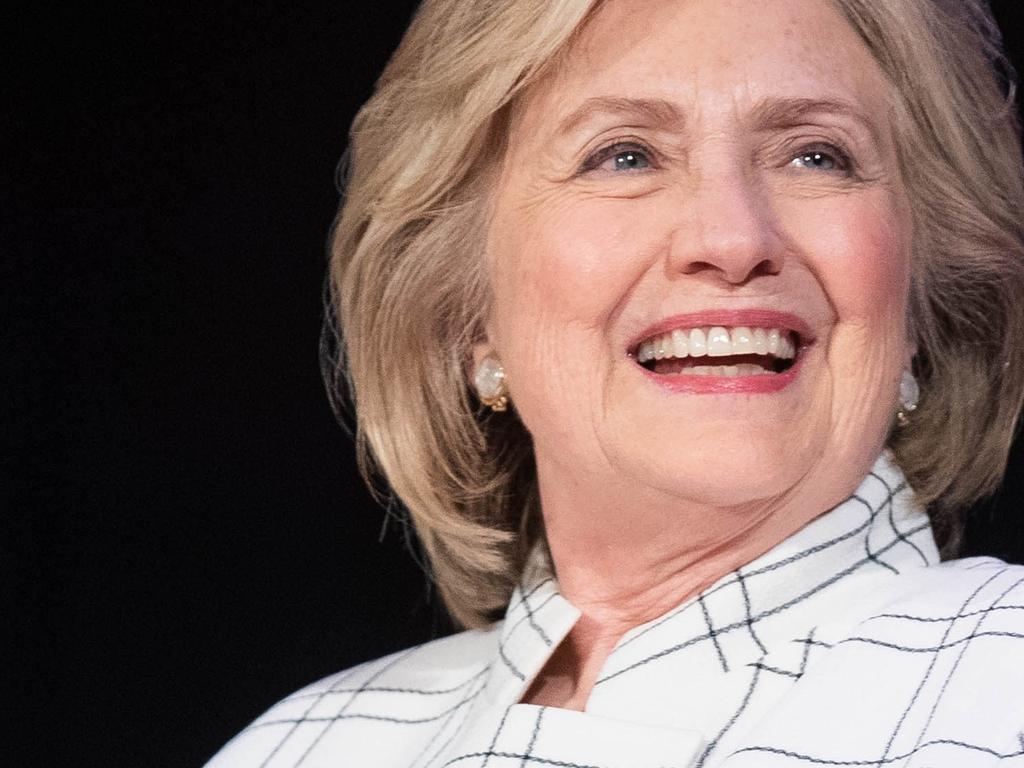US election: What is the electoral college and how does it work?
Four years ago, millions more Americans voted for Hillary Clinton than Donald Trump, but she lost. The same could happen to Joe Biden.

At the last US election in 2016, Democratic candidate Hillary Clinton won the popular vote - but she was not elected president.
Why? Because of America’s convoluted political system, which hinges on a body called the electoral college.
When Americans cast their vote in presidential elections, they mark their ballot in favour of either the Democratic or Republican candidate.
But, they’re actually voting for an elector from their state who will cast a vote to the electoral college for whichever candidate gets the most votes in that state.
Each state gets a different number of members of the electoral college, based on its population size. California, for example, gets 55 electors to the college, Florida gets 29 and some small states like Vermont get just three. Altogether, there are 538 electoral college votes divided among the states.
Here’s how it works.
In all but two states it is winner-take-all. So if Joe Biden wins the popular vote in California, for example, he will get all 55 electoral college votes from the state. If Donald Trump wins the popular vote in Florida, he will get all the state’s 29 electoral college votes. To become president, a candidate needs at least 270 of the 538 electoral college votes.

WHO IS AN ELECTOR?
Before election day, each party in each state will have chosen its list of electors, who, if successful, will cast their votes to the electoral college. So, in Wyoming, a state that is given three electoral college votes, there will be three Democrat and three Republican potential electors ready to go. Depending on which party‘s candidate wins the popular vote in that state, all three electors will then submit their votes.
Interestingly, electors in the electoral college technically do not have to follow the wishes of their state‘s popular vote. But although the Constitution doesn’t require it, it would be rare and unusual for them not to do so.
SHOULDN‘T THE WINNER OF THE ELECTION BE THE PERSON WHO GETS THE MOST VOTES OVERALL?
There are arguments in favour and against the electoral college system. Those who support it say it means candidates are forced to appeal to voters across the nation and not just focus on the big cities that boast large populations. Opponents say it means a few swing-states like Wyoming ultimately decide elections, meaning the influence of voters in those states is out of proportion with the population size.

WHICH STATES ARE THE MOST CRUCIAL FOR THE ELECTORAL COLLEGE?
Like in Australia, where some electorates are safe seats for Liberal or Labor, in the US some states are perennially safe for the Republicans or Democrats. And like we have marginal seats, the US has swing-states. It’s in these states that candidates tend to do most of their campaigning because the valuable electoral college votes there are most crucial in deciding the election result.
The four states most likely to affect the electoral college at the 2020 election are Florida, Michigan, Pennsylvania and Wisconsin. Close contests might also be expected in Arizona, Maine, Minnesota, Nevada, New Hampshire and North Carolina.
Just to complicate things further, there are two states that aren‘t considered winner-takes-all states where things work a little differently. Maine and Nebraska each have a variation of proportional representation, which means two of their electors’ votes go to the winner of the state’s popular vote and the remaining electors – two in Maine and three in Nebraska – are awarded to winners of individual districts.
WHAT WOULD HAPPEN IF NO ONE GETS THE MAJORITY OF VOTES?
This is very rare, but it is a possibility. If this happens, a vote to elect a president is held in the House of Representatives. Members of the house are able to choose a president from the top four candidates. The Senate elects the vice president from the remaining candidates. John Quincy Adams is the only president to have been elected in this way, back in 1824.



